Hi everyone,
So here’s a ridiculous post.
We’ve all read that the full potential of (most) great wine is only revealed with age. Yet to me, it seemed that the opposite trend was true on Cellar Tracker; scores seemed very high for young wines and drifted down as vintages get older. This flies in the face of conventional wisdom, at least for age-worthy wines over a timescale of a few decades. Was I seeing things? I decided to do a little digging.
I wanted to choose wines widely considered age-worthy. Who can argue with First Growth Bordeaux? So I graphed the average Cellar Tracker scores of all five First Growths as a function of year. I chose 2000 as a cutoff: 25 years seems long enough to establish a trend, have enough vintages to smooth out vintage variations, be enough time to have an appreciable effect on the wine itself, and limited enough that I could type all the scores into a spreadsheet in a reasonable amount of time. Here are the results:
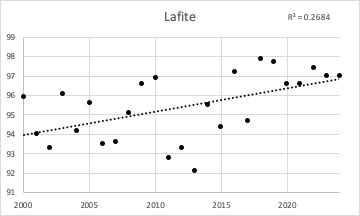
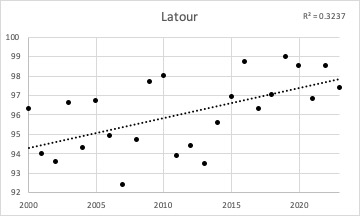
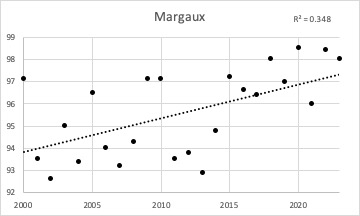
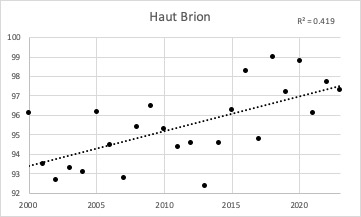
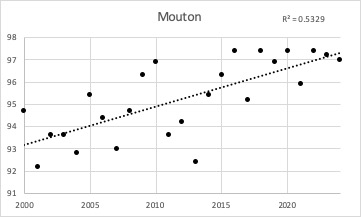
As you can see, I wasn’t making it up! The scores for all First Growths trended downwards as the wines got older. Not a single exception.
Well, I thought, maybe it’s just a Bordeaux thing. I tried to think of a wine that many consider to really require time in the bottle before enjoying. I came up with Barolo and chose a classic producer and a classic wine: Conterno Francia. Same trend!
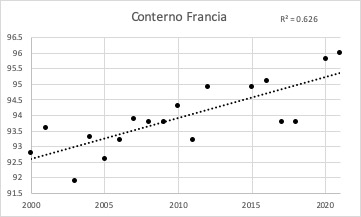
New World Cabernet? I picked a producer that is generally considered to produce wine that ages well. I came up with Togni, just because I’ve had some aged Togni that I really loved. Same finding!
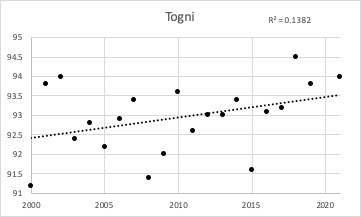
Let’s do another one. What’s another region that supposedly ages well? Rioja! A classic producer that people love to drink after decades in the bottle? How about Lopez de Heredia? I picked the Tondonia Reserva. (Didn’t go with Gran Reserva because I was only doing scores since 2000, and there’s only two vintages in that case). Same thing!
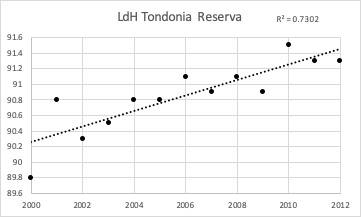
This is far from comprehensive. I admittedly came up with these wines just off the top of my head. But it does seem like there’s something there. I didn’t find a single exception. Personally, I’ve had many aged wines that were delicious and I really think benefited from time in the bottle. So I’m not bashing old wine. Interestingly, the Togni had the least significant trend, which I wouldn’t have guessed.
I really don’t think the trend I found across all these wines is purely coincidental though. There’s something at work here- anybody have any guesses? Here’s some of mine:
- Poor storage has greater affect as time goes on, which could account for scores drifting downwards.
- Score inflation is a thing in professional publications, maybe new reviews just score more generously?
- Primary fruit driven flavor profiles may be more “impressive”, similar to the way big bold Cali Cabs can dominate tastings and get big scores.
- Climate change? Improvements in wine making technique? Maybe, but are the wines being made now definitively better than 20 years ago? That’s a genuine question.
- I thought about regression to the mean, but I don’t think that’s the case here because score trends would be just as likely to increase as decrease as more users enter scores, so you should see wines with trends going both ways.
But I’m curious what you all think? Do you believe the trend is real? What might account for it? Is this even an interesting question? Do I need to find a better way to spend my time?
Thanks for indulging me. If not WBers, who?
Noah